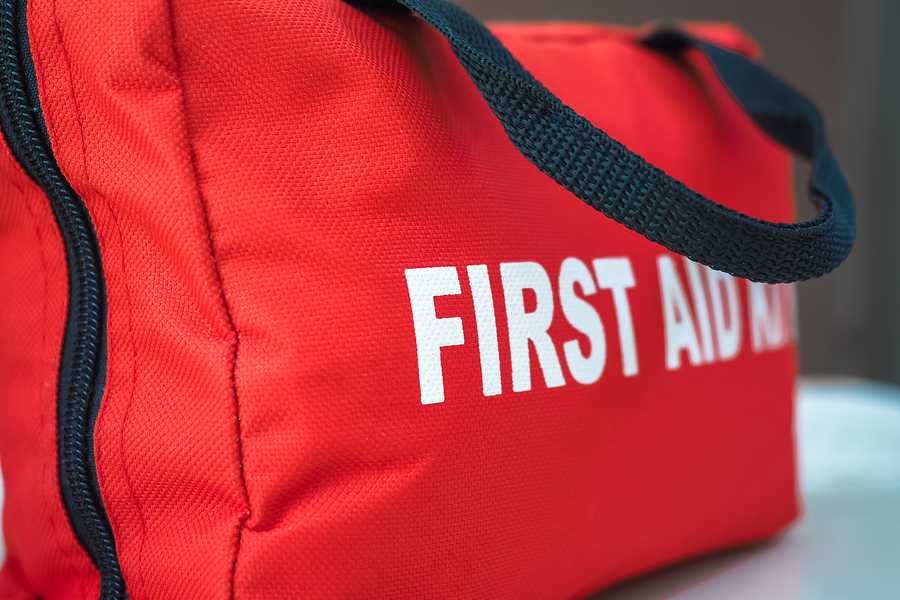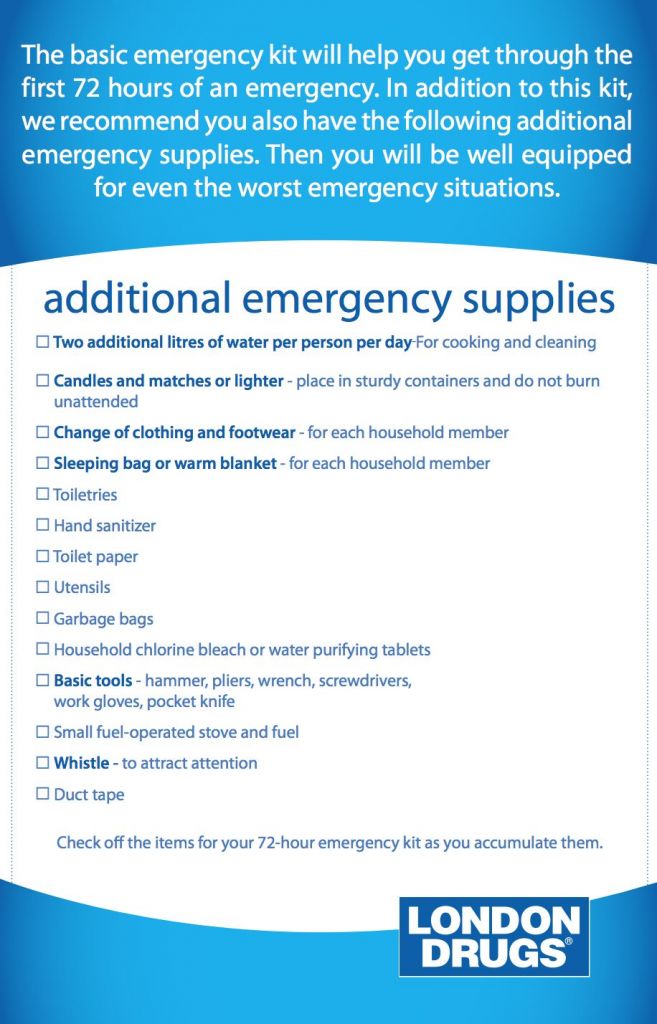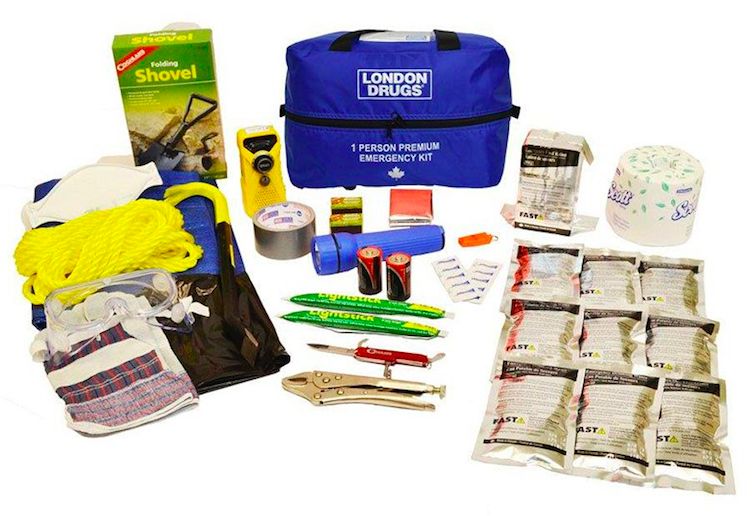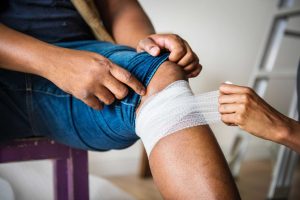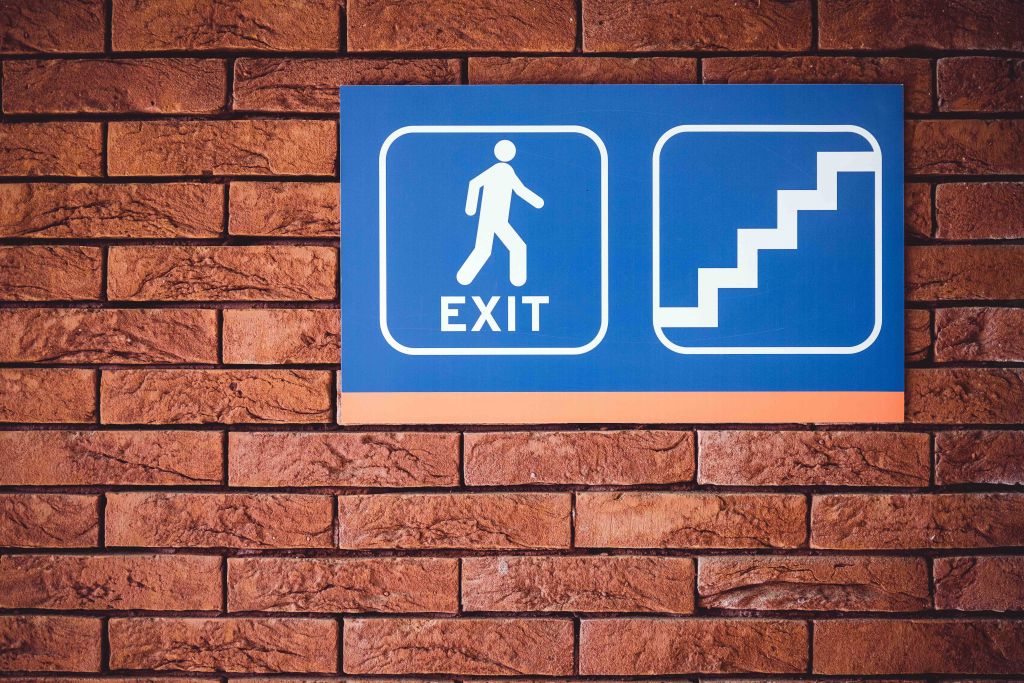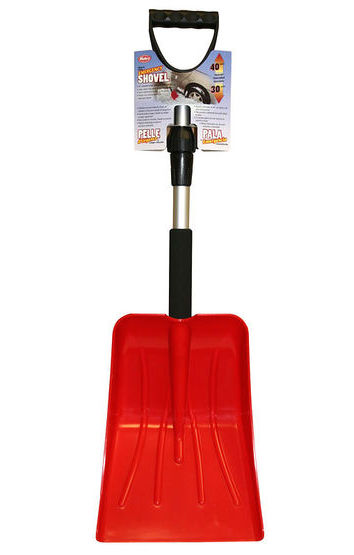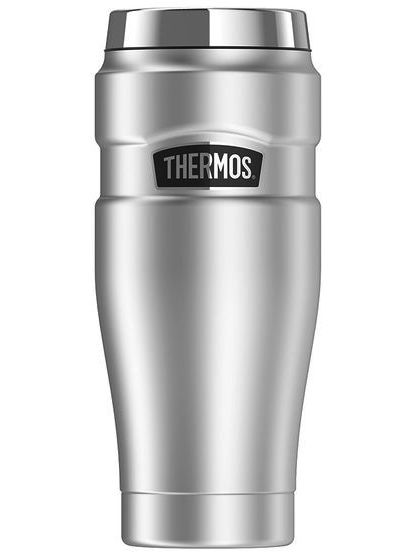When the unexpected happens and you need to evacuate your home immediately, the last thing you’ll want to do is try to think of everything you will need to take with you. That’s why it’s always best to be prepared in advance. A grab & go emergency bag is a great example of how you can have everything you need all in one spot so you can do exactly that – grab it and go! We’ve curated a few essential items that may be important to have on hand to build your own grab and go emergency bag.
Emergency Bag Essentials
- Toiletries such as toothpaste, a toothbrush, toilet paper or contact lenses
- First-aid kit and medications
- Phone charger and power bank
- Flashlight
- Extra batteries
- Cash in small bills
- Extra clothing like socks, hoodies or sturdy footwear
- Blanket
- Whistle
- Garbage bags
- Non-perishable food items and water
- Small amount of pet food, if you have a pet
- Face masks and hand sanitizer
- Copies of important documents, such as insurance papers or immunization records
- Written list of emergency contacts and numbers
Keep this emergency bag where you can easily access it, such in a closet by your front door, or you can even have it ready in your car. An important thing to remember is to avoid reusing the same items you would pack on trips, such as camping. It may seem practical, but you might forget to switch them back to your emergency bag and not have them when needed. As well, don’t forget items that may benefit your mental health or that can help you pass the time, such as your favourite book, a deck of cards, a boardgame or some movies downloaded on a tablet, etc. For more items, you can browse our full emergency preparedness selection here.


